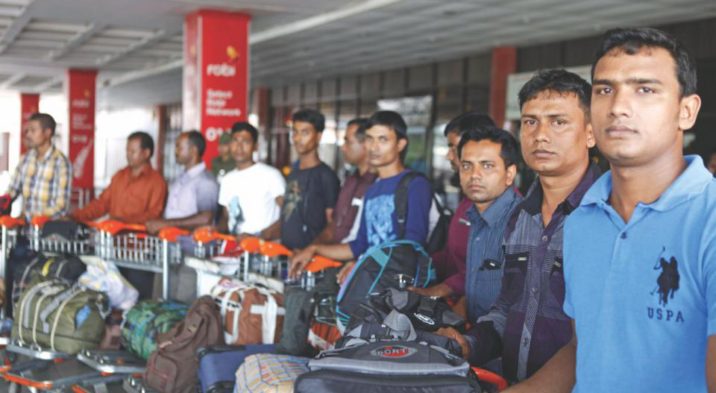
By: CR Abrar
The Daily Star | 23 February 2017
For many, migration is a route out of poverty and a pathway to live in dignity. It is an integral part of globalisation. The world community has recognised that migration can contribute in achieving the Sustainable Development Goals (SDGs). The 2030 Agenda for Sustainable Development acknowledges that good governance of migration will yield positive dividends for migrants and members of their families as well as countries of origin and destination. The SDG target 10.7 calls for well-managed migration policies. Important references are alluded to migration in SDG 8 (economic growth and decent work) and SDG 16 (peaceful societies).
Over the last four decades Bangladesh has become an important source country of short-term migrant workers. During this period the outward movement of workers has steadily increased and so did the inward remittance flow. By now 10.4 million Bangladeshis went abroad for employment. The remittance figure for 2016 stood at USD 13.7 billion.
The social and economic contributions of migrant workers are now well recognised. Acknowledging the importance of labour migration for the national economy successive governments have undertaken various legislative and administrative measures to streamline the sector. Laws and policies were framed, an international treaty was acceded and quite a few institutions, including a separate ministry, were created to better serve the migrants and to positively harness the gains from labour migration.
The above efforts of the government supplemented by the active engagement of the civil society have created, to an extent, a minimum threshold for the Bangladeshi migrant workers to secure some basic services and to have a degree of prior knowledge about the benefits of migration through regular channels and pitfalls of movement through irregular routes. However, Bangladeshi migrant workers continue to be subjected to exorbitantly high migration costs and insecure work environment in their countries of destination.
TO READ FULL ARTICLE PLEASE CLICK HERE